VMware Archive
08 Sep 2015
VMware Recent Interview Questions – Part 3
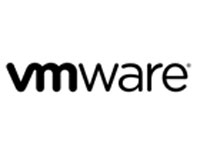
In this post we are sharing all the recent VMware Interview Questions with Answers- 1. How you rate yourself into VMware skills? It depends on how much experience you have, how much you are strong with subject. Basically, you can mention like 6-8. If you are full expertise with all the features/components then you can
08 Sep 2015
Comparison between VMware vSphere 6 and Microsoft Hyper-V 2012 R2
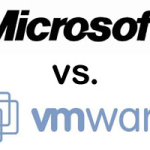
VMware released the vSphere 6 recently, so let’s compare Key features/Scalability between vSphere 6 and Microsoft Hyper-v 2012 R2 Features/Resource Scalability VMware vSphere 6 Microsoft Hyper-v 2012 R2 Physical Memory(RAM) Per Host 12TB 4TB Physical CPU’s Per Host 480 320 Max. Virtual Machines Per Host 2048 1024 Max. Virtual Machine Memory(RAM) 4TB 1TB Nested
18 Feb 2015
VMware vSphere Client vs vSphere Web Client
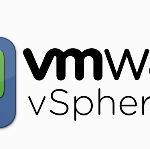
Since VMware introduced the vSphere Web Client there are regular interview questions or use cases for the vSphere Client vs vSphere Web Client. In every organization they will use both clients depending on the work requirements. In this post, we will discuss about various features which are available for the two different clients for accessing/managing
03 Feb 2015
Key features and configuration maximum differences between vSphere 5.5 & vSphere 6
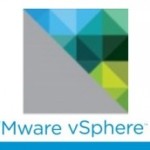
VMware vSphere® 6.0 introduces many enhancements to VMware vSphere Hypervisor, VMware virtual machines, VMware vCenter Server™, virtual storage, and virtual networking. Some of the key configuration maximum differences between vSphere 5.5 and vSphere 6 are as below - Features vSphere 5.5 vSphere 6 Physical RAM per host 4 TB 12 TB Physical CPUs per host
29 Dec 2014
VMware vSphere HA differences between vSphere 4.x and vSphere 5.x

What is VMware vSphere HA? VMware vSphere High Availability is the cluster level feature designed for providing cost effective high availability solution for Virtual machines running on the ESXi servers. How it works? As already said HA is a cluster level feature, which means we put multiple ESXi servers in to a cluster (the maximum
09 Oct 2014
New features of vSphere 5.5 and differences between vSphere 5.5 and vSphere 5.1

Some of the key differences between vSphere 5.1 and vSphere 5.5 Features vSphere 5.1 vSphere 5.5 Physical RAM per host 2 TB 4 TB Physical CPUs per host 160 320 Maximum vCPUs per host 2048 4096 VMDK Size 2TB 62 TB Max Size of Virtual RDM 2TB 62 TB VM Hardware Version 9 10 ESXi
14 Aug 2014
VMware Recent Interview Questions – Part 2
One of the students attends the interview recently and came with these questions, its pleasure to provide the answers to these questions and it helps to many people. How many ESXi hosts u have in ur organization? Or size of your infrastructure? It depends on your experience or organization, for example I can say we
07 Aug 2014
VMware vSphere Home Lab Setup
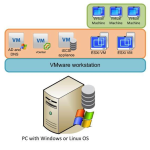
The goal of this home lab setup isn’t to provide an environment to run a bunch of virtual machines like enterprise level. Because we have to run ESXi inside Workstation/Fusion, the focus is on learning VMware vSphere and gets the practical exposer of Virtual Center features. Hardware Requirements: One Desktop/Laptop with at least 16GB of
03 Jun 2014
VMware Recent Interview Questions – Part 1

Please refer to our previous posts for answers to the below. Recent VMware Interview Questions What are your regular responsibilities? How many clusters you have? What type of networking issues you are getting? What is HA and how it will works? What are the differences between in Vmware vSphere 4.x and 5.x? Do you know
09 May 2014
VMware vSphere features Comparisons / Differences
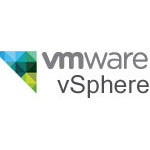
Differences between VMware vSphere features among different versions. What are the Differences between Clone and Template? Many people get confused regarding the exact differences between clone and template in VMware vSphere environment. Here is the complete list - A Clone creates an exact copy of a running Virtual Machine at the time of cloning proces